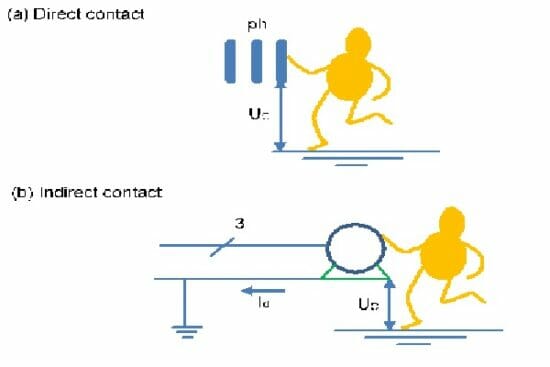- Course No E – 1941
- PDH Units: 3
No data found for Custom Course Number
No data found for Custom Course Units
- Course No E – 1941
- PDH Units: 3
Intended Audience: for Electrical Engineers
PDH UNITS: 3
Commonly used system grounding types in low voltage systems are:
- Exposed-conductive parts connected to neutral –TN
- Grounded neutral –TT
- Ungrounded (or impedance-grounded) neutral –IT
- System availability
- Maintenance requirements
Learning Objectives:
At the successful conclusion of this course, you will learn the following knowledge and skills:- Insulation fault causes
- Direct and indirect contact with live, energized element
- Managing the electrical hazard
- System grounding and protection of personnel
- TN grounding system and its implementation
- TT grounding system and its implementation
- IT grounding system and its implementation
- MV-LV disruptive breakdown inside the transformer
- Neutral protection according to system grounding
- Methods for system grounding selection
- PV system characteristics and potential hazards
- Relevant safety standards and codes
- Possible injuries and basic first aid concepts
Once completed, your order and certificate of completion will be available in your profile when you’re logged in to the site.
Ethics Courses
Course No E - 1941
PDH Units: 3









